But the beaded hat was what I really cared about, and I ran to pick it up. It was heavier than I expected, weighed down with hundreds of pretty beads. A few drops of blood stained the fabric, but I could wash those away. Mama had shown me how easily cold water rinses blood from sheets. I pulled the hat over my hair and turned to show my prize to Billy.
He was standing over Lizzie’s body. “Wake up,” he ordered, and gave her a kick. “Wake up.”
I looked down at her head. At the torn scalp, the blood pouring into her hair, into the soil. “What did you do?”
“She was going to tell on us. She was going to get us in trouble, and now she can’t.” He handed me the fist-sized rock he was holding, a rock that was already smeared with her blood. “It’s your turn.”
“What?”
“Hit her.”
“What if I don’t want to?”
“Then you don’t get to keep the hat. And you don’t get to be my friend.”
I stood holding the rock, weighing the choice. The hat felt so good, so right, on my head. I didn’t want to give it up. And Lizzie already looked dead anyway; one more blow wouldn’t make a difference.
“Do it,” Billy insisted. “No one will ever know.”
“She’s not even moving.”
“Hit her anyway.” He leaned close and whispered in my ear, “Don’t you want to know what it feels like?”
I looked down at Lizzie’s head, where there was so much blood that I couldn’t see if her eyes were open or shut. What difference would it make now if I hit her?
“It’s easy,” said Billy. “If you want to be my friend, just do it .”
I crouched over Lizzie, and as I raised the rock, a thrill surged through me. A feeling that I could do anything, be anything. In my hand I held the power of life and death.
I smashed the rock against Lizzie’s temple.
“There,” said Billy. “It’ll be our secret. Now you have to promise me you’ll never tell anyone about this. Not ever.”
I promised.
It took us the rest of the afternoon to bury her in the woods. By the time we finished, I was scratched from brambles, bruised from falling backward onto a rock. The reward for my labors was the hat with the silver beads, which I hid in my backpack so Mama wouldn’t see it. That night, after rinsing out the blood, I tried on the hat and looked at myself in the mirror. On Lizzie’s head, the beads had sparkled like little diamonds, bringing out the bright crystalline blue of her eyes. The eyes that gazed back from the mirror were neither crystalline nor transformed. It was just me wearing a hat, which had lost whatever magic I’d imagined it possessed.
I stuffed it into my backpack and forgot about it.
Until Monday.
By then, everyone knew that Lizzie DiPalma was missing. At school that day, my fifth-grade teacher, Mrs. Keller, told us to be careful because there might be a bad man in the neighborhood . At lunch, the other girls whispered about what kidnappers actually did to little girls. Many of the kids were kept home from school, coddled and smothered in parental love, and that afternoon there were only five of us kids who rode the bus to Apple Tree. Everyone was strangely quiet. That silence only served to magnify the thump of my backpack as it slid off the seat and hit the floor. I had not zipped it up, and everything came tumbling out. My books. My pencils.
Lizzie’s hat.
It was Cassandra Coyle who spotted it first. She pointed to the clump of beads and wool lying in the aisle and said, “That’s Lizzie’s hat!”
I snatched it up and thrust it into my backpack. “It’s mine.”
“No, it’s not. Everyone knows it’s Lizzie’s!”
Now Timmy and Sarah were paying attention, watching our exchange.
“How did you get her hat?” Cassandra demanded.
I remember all four of the children staring at me. Cassandra and Sarah, Timmy and Billy. In Billy’s eyes I saw the cold gleam of threat: Don’t tell the truth. Don’t ever tell the truth.
“I found it over there,” I said, and pointed to the back of the bus. “Stuck between the seats.”
And that was how suspicion fell on Martin Stanek, who faithfully picked us up every afternoon from Billson Elementary School and drove us to the Apple Tree.
This is how cases are built. On the word of a child, and a hat that belonged to a missing girl. Once you’re made to look guilty, everyone assumes you are guilty, and so it happened to Martin Stanek, age twenty-two, school-bus driver. From there the guilt spread to his mother and father, whom everyone assumed were part of the conspiracy and equally guilty.
It wasn’t difficult to cast suspicion on them after I showed the doctor all the cuts and bruises I got from burying Lizzie in the woods. When Billy joined me with his own accusations against the Staneks, their fate was sealed. From there the tales spread and grew. If you ask young children again and again to remember an event, eventually they will. And so the case was built, child by child, wild story by wilder story.
But the truth is, it all started with a hat that I wanted. A hat that would later appear as the visual clue in Cassandra Coyle’s horror film. Cassandra had finally put the pieces together, and she realized that what everyone believed about Lizzie’s disappearance was wrong. The truth had been stored in her memory these last twenty years. A memory of me on a bus, holding a beaded hat that did not belong to me.
I look up at the trees, where the buds of spring are swelling and the branches are tinged with green. All the others are dead, but here I am, the survivor. The only one left who knows how Lizzie DiPalma really died.
No, not exactly the only one. Detective Rizzoli has guessed the truth in part, although she can’t prove it. She never will.
She knows I am guilty, and she’ll be watching me. So for now I must walk the straight and narrow. I must pretend to be the good girl who neither steals nor cheats, who uses the crosswalk and always pays her taxes on time. I must be who I am not. But this too shall pass.
I am what I am, and no one can watch me forever.
My mother, an immigrant from China, had a shaky command of the English language, but she did understand — and love — American horror films. I inherited her love of the genre, and as a child I spent many happy hours screaming in delight as I watched and rewatched my favorites, including Them, The Thing, and Invasion of the Body Snatchers. When I finally had the chance to write and produce my own independent feature film, of course it was a horror film. The plot of I Know a Secret was partly inspired by my experience of making Island Zero, and I thank Mariah Klapatch, Josh Gerritsen, Mark Farney, my husband, Jacob, and the entire cast and crew of Island Zero for being part of the adventure. We spilled a ton of fake blood, burned down a house (on purpose), stayed up way too late, and probably drank too much beer, but hey, guys — we actually made a movie! And what I wrote about horror fans is absolutely true: We are one big happy family. We are not scary people. Trust me.
I also thank everyone who helped bring I Know a Secret to publication: the incomparable team at the Jane Rotrosen literary agency, my editors Kara Cesare (U.S.) and Frankie Gray (U.K.), Kim Hovey, Larry Finlay, Dennis Ambrose and his team of exacting copy editors (you keep me humble), and my tireless publicists on both sides of the pond, Sharon Propson and Alison Barrow. It has been an honor to work with you all.
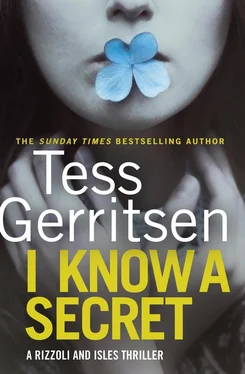
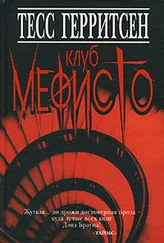
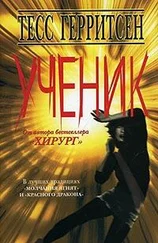
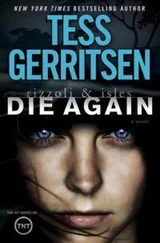
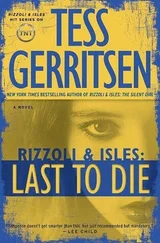

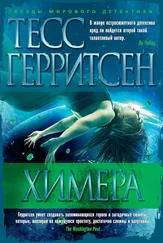
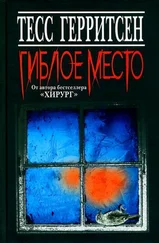
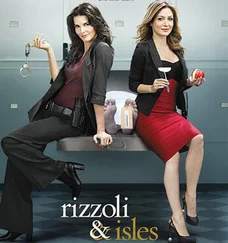
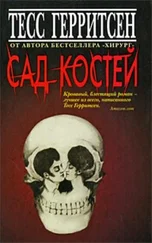
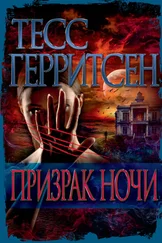
![Тесс Герритсен - Считать виновной [litres]](/books/395939/tess-gerritsen-schitat-vinovnoj-litres-thumb.webp)
![Тесс Герритсен - Двойник [litres]](/books/427680/tess-gerritsen-dvojnik-litres-thumb.webp)